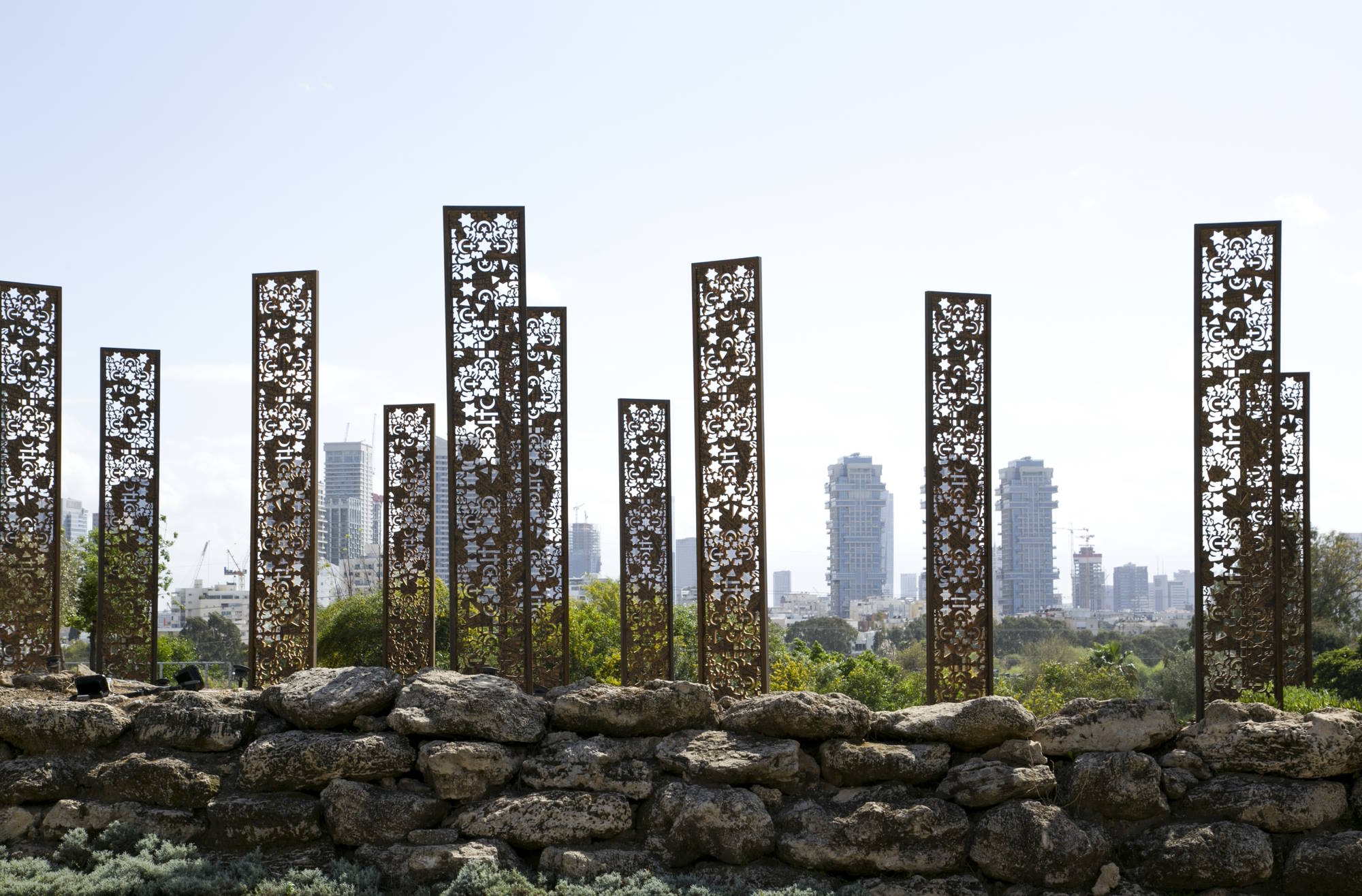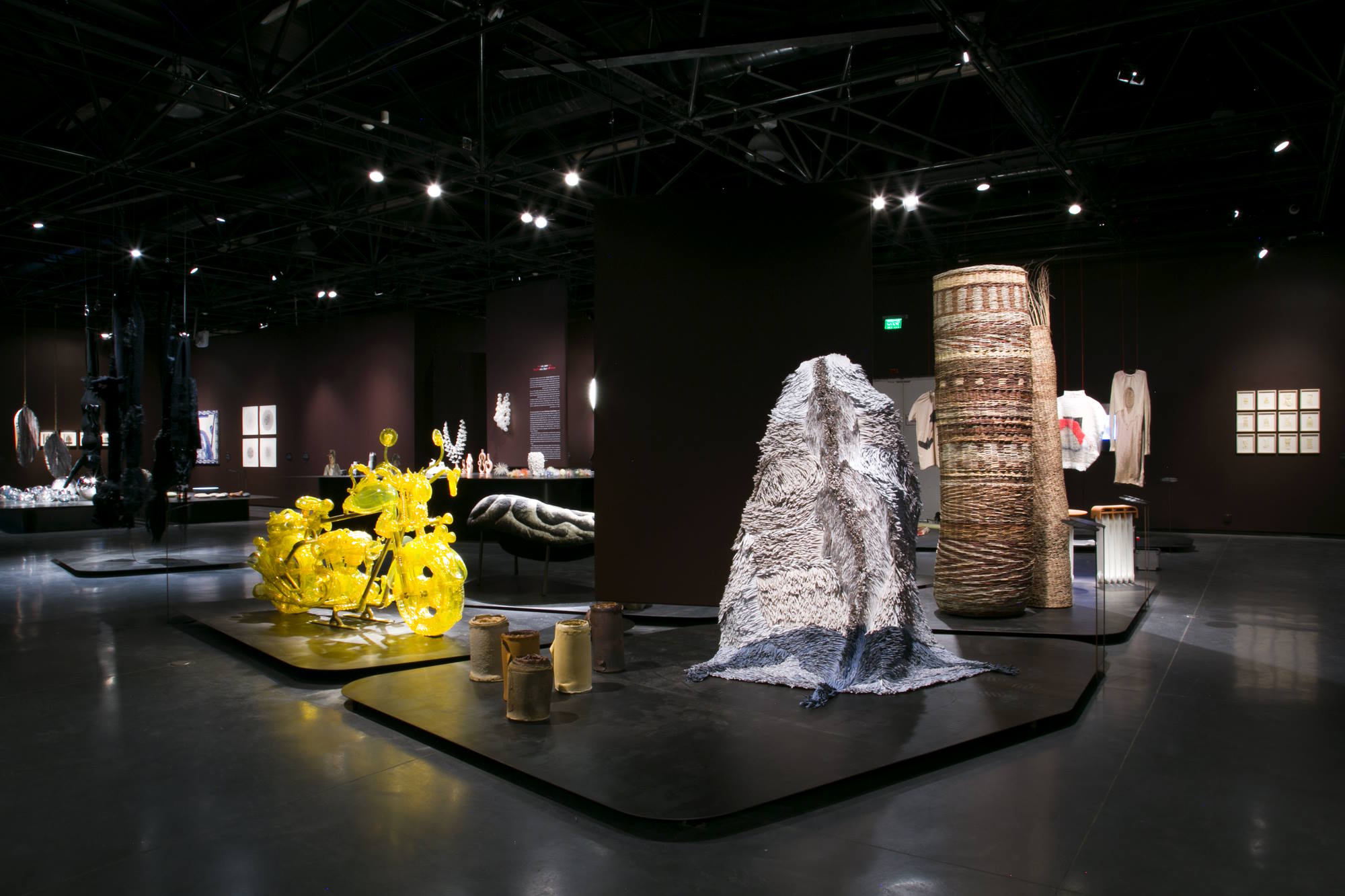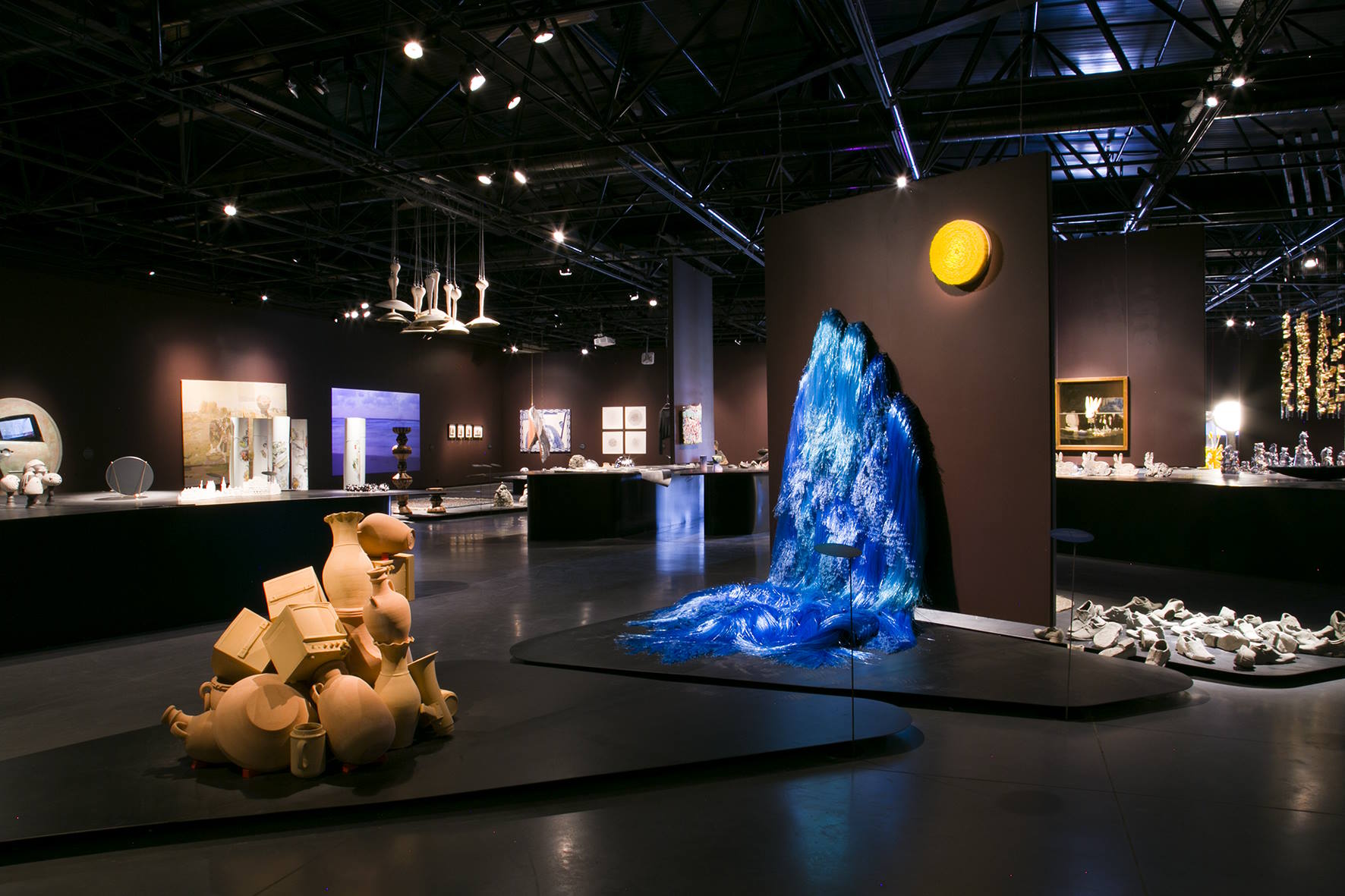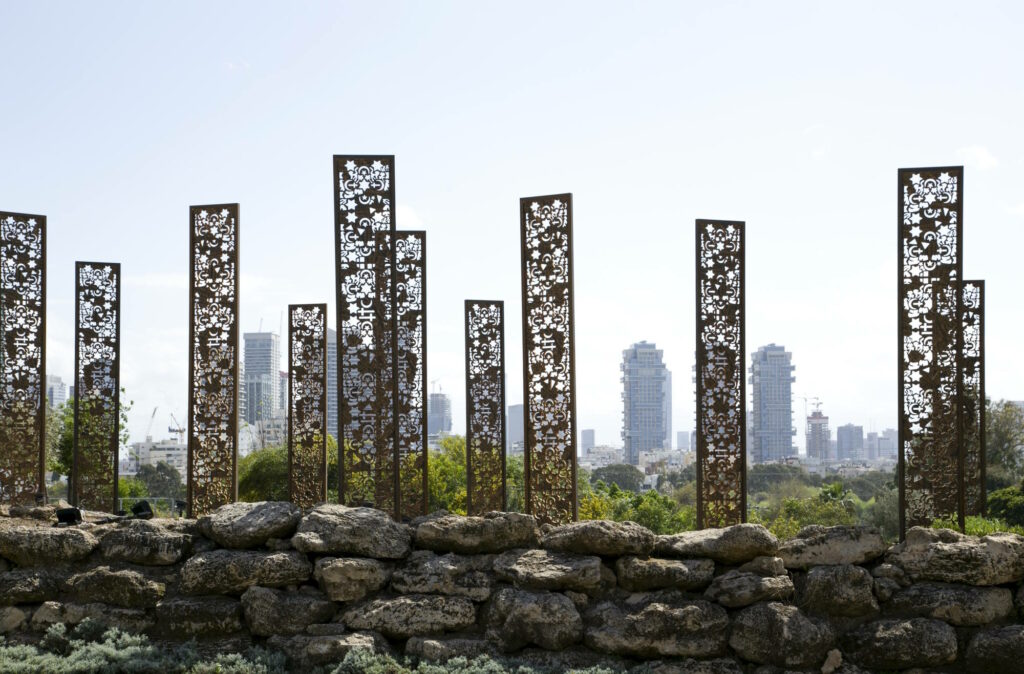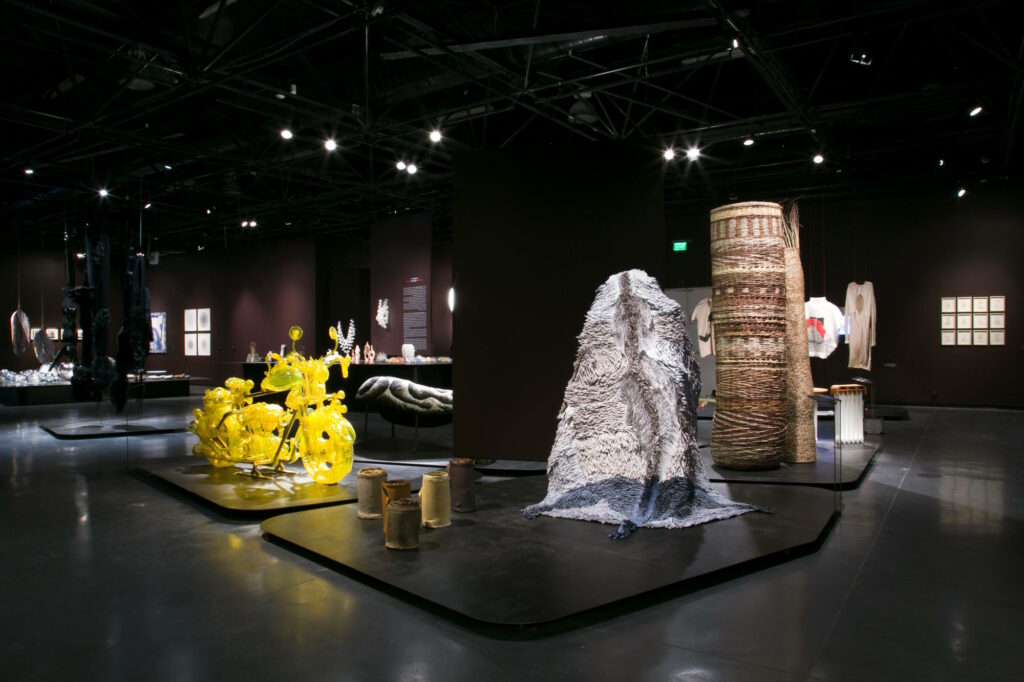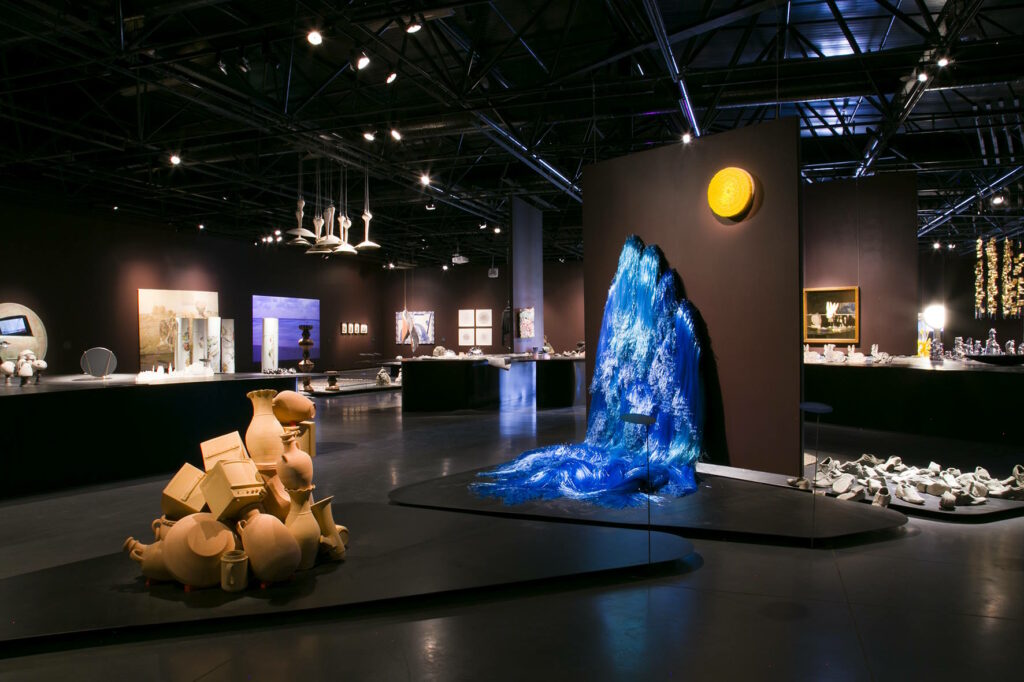This huge exhibition seeks to draw an up-to-date picture of the intersecting worlds of craft and design in Israel – with an emphasis on ceramics, glass, jewelry design, textile and paper. The Biennale, which extends throughout the museum’s various exhibition spaces, permanent displays and outdoor sites – presents the various fields intertwined for the first time in a large-scale exhibition.
Under the title “First Person. Second Nature” this inaugural Biennale features some 250 works that range from sculptural objects, artworks, design items, site-specific and outdoor installations, video and sound works, performance and collaborative projects. The works present physical and conceptual materials related to the local and global cultural spheres.
Held in collaboration with the Israel Designer Craftsmen’s Association, the Tel Aviv Municipality, and various academic art and design institutions, the Biennale presents some 300 Israeli craftspeople, industrial designers, fashion designers, multidisciplinary artists, architects, and more. Among them prominent names such as: Uri Samet, Ayala Serfaty, Eitan Bartal, Dov Ganshrow, Vered Kaminski, Hila Amram, Liat Segal, Pesi Girsh, Farid Abu-Shakra, Ronit Baranga, Sarit Shani Hay as well as four academic research bodies: The Master’s Degree Program in Industrial Design; The David and Barbara Blumenthal Center for Textile Research in Shenkar (CIRTex); and the Media Innovation Lab at the Herzliya Interdisciplinary Center (miLAB).
For the creation of the Biennale, one of the most comprehensive and challenging museal projects undertaken in Israel, participated some of the country’s most highly qualified curators, designers and museum professionals.
B Blog – The Biennale Blog | Visit the Biennale’s blog to know the works and the artists behind the works.
The White Cube
The selection of works presented in the Migdal Gallery explore abstraction and figuration, as well as the space in between. The space was designed as a classical “white cube” – white walls and a light-flooded display. The presented works were selected in accordance with these conditions.
For more information about works featured in the Migdal Gallery, please access the Biennale blog.
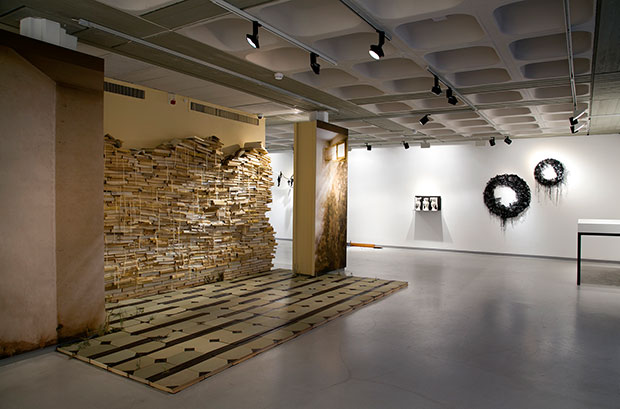
Photo: Hadar Saifan
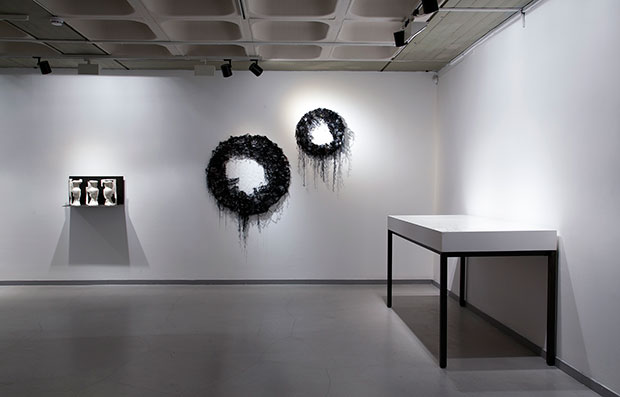
Photo: Hadar Saifan
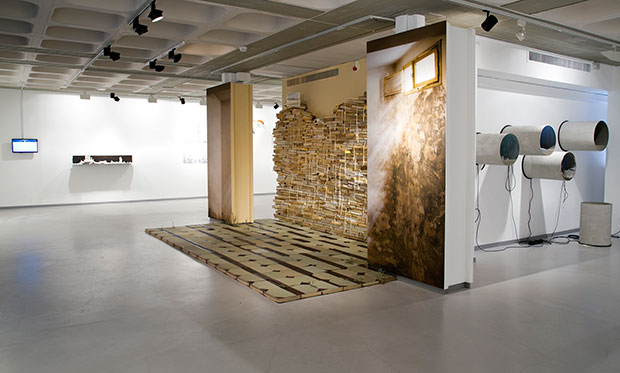
Photo: Hadar Saifan
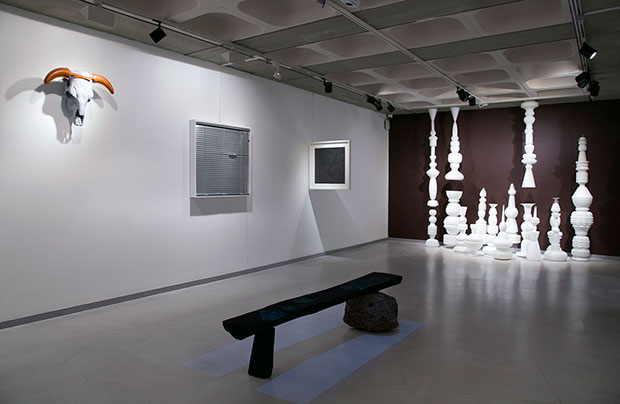
Photo: Hadar Saifan
Dialogue 1
The Man and His Work Pavilion presents ethnographic objects and tools that reflect local lifestyles and work traditions in the land of Israel and its environs. The contemporary craft displays featured in the pavilion as part of the Biennale entertain a dialogue with the permanent displays.
For more information about the Biennale participants featured in the Man and His Work Pavilion, please access the Biennale blog.
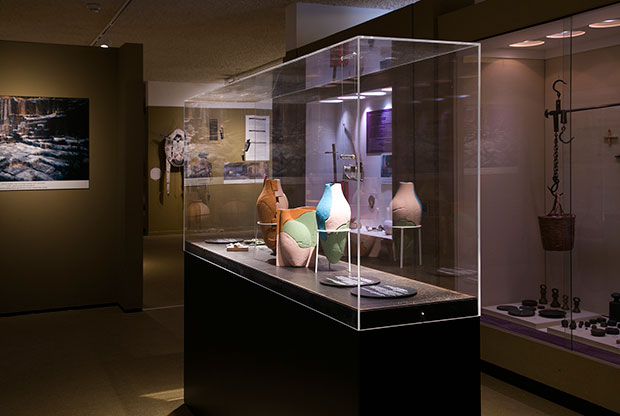
Photo: Hadar Saifan
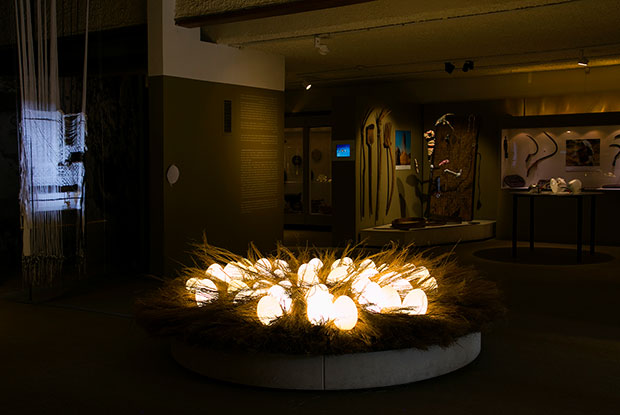
Photo: Hadar Saifan
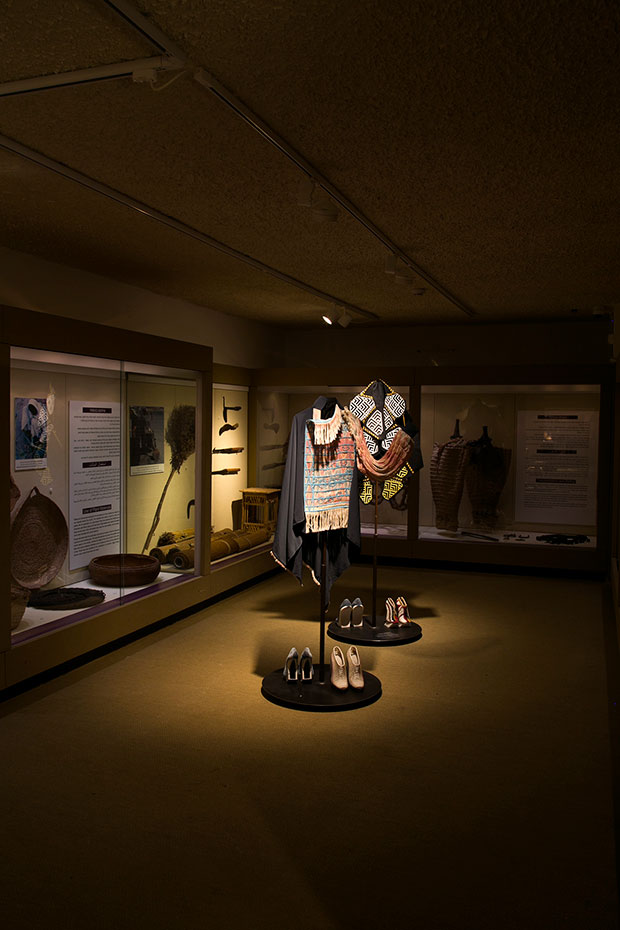
Photo: Hadar Saifan
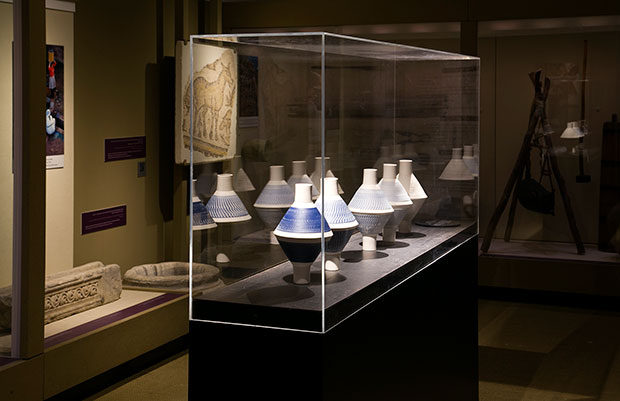
Photo: Hadar Saifan
Dialogue 2
The Glass Pavilion enfolds within it some 3,500 years of work in glass. The works hosted in the pavilion as part of the Biennale respond to the space, engage with the ancient glass artifacts, and offer material, formal and conceptual interpretations.
For more information about the Biennale participants featured in the Glass Pavilion, please access the Biennale blog.
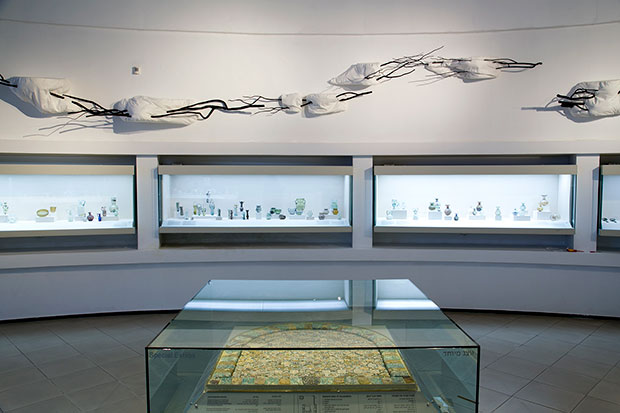
Photo: Hadar Saifan
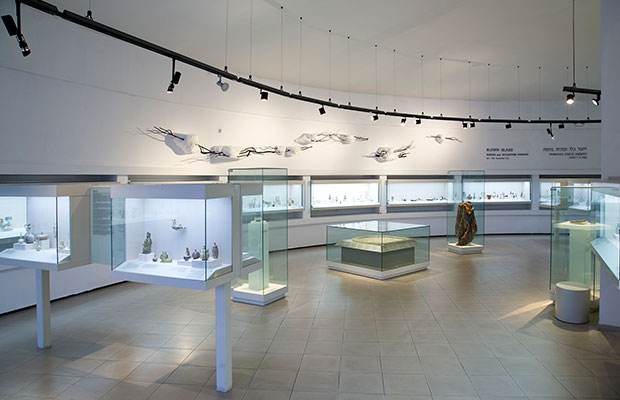
Photo: Hadar Saifan
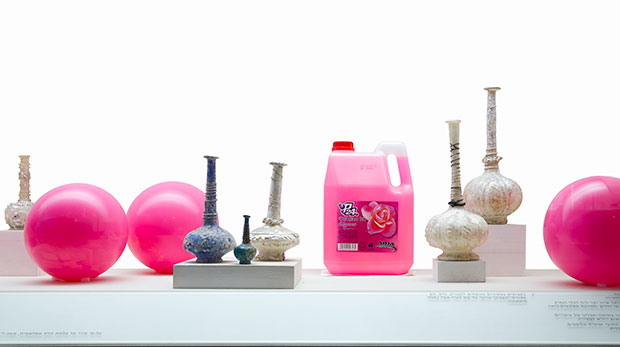
Photo: Hadar Saifan
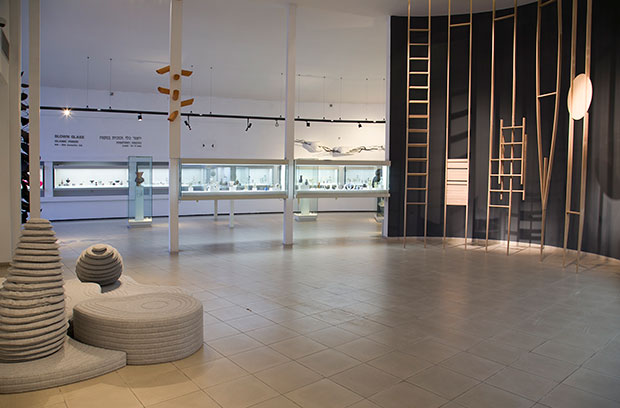
Photo: Hadar Saifan
Dialogue 3
The Ceramics Pavilion is devoted to the ceramic material and to the development of pottery-making. The works hosted in the pavilion as part of the Biennale intervene in the museum’s permanent displays and are assimilated into them, while exploring layers of ancient and contemporary material culture.
For more information about the Biennale participants featured in the Ceramics Pavilion, please access the Biennale blog.
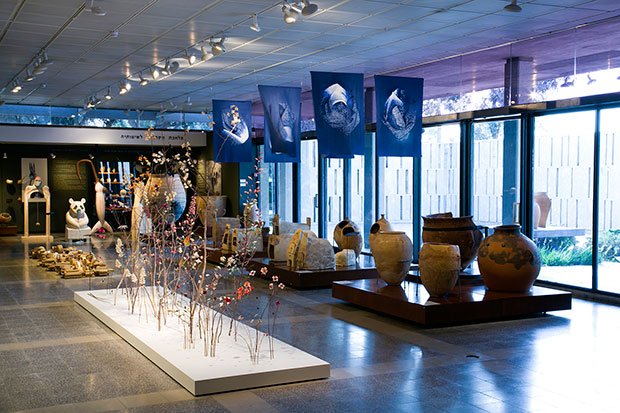
Photo: Hadar Saifan
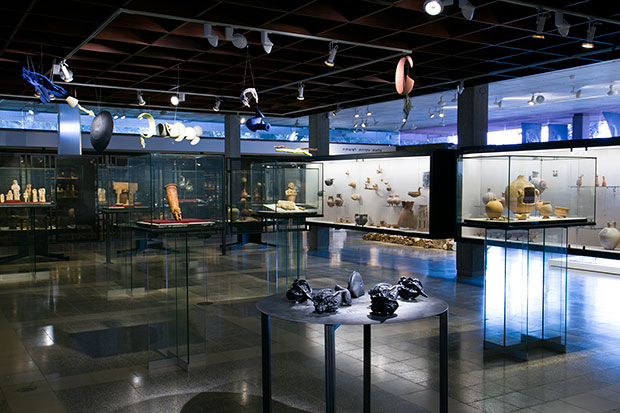
Photo: Hadar Saifan
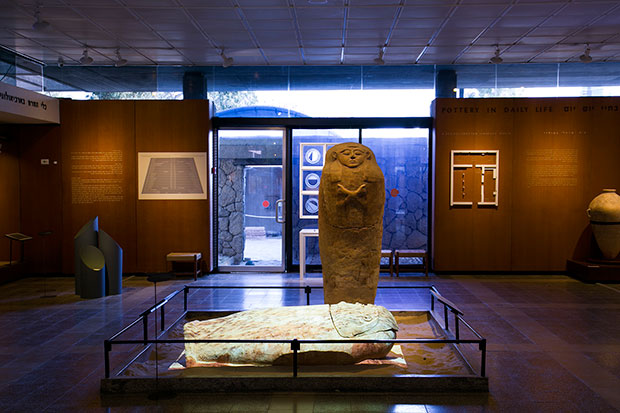
Photo: Hadar Saifan
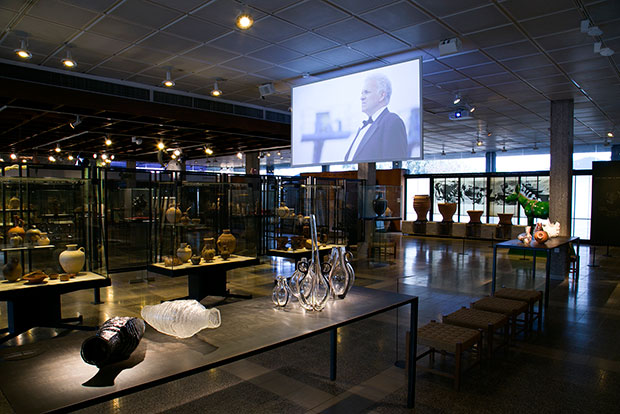
Photo: Hadar Saifan
Outdoor Installations
The entrance plaza, museum garden and open-air theater feature outdoor installations that engage with the history and topography of the site and the surrounding landscape.
For more information about the Biennale participants featured in the outdoor installations, please access the Biennale blog.
Skyline, 2020, Avner Sher. Photo: Hadar Saifan
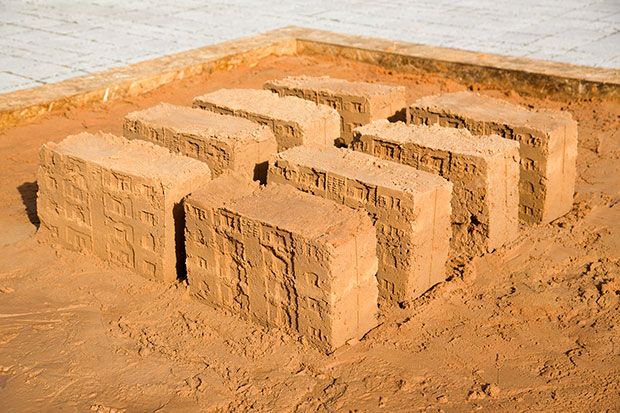
Built on Sand, 2020, Dori (Doron) Oryan. Photo: Hadar Saifan
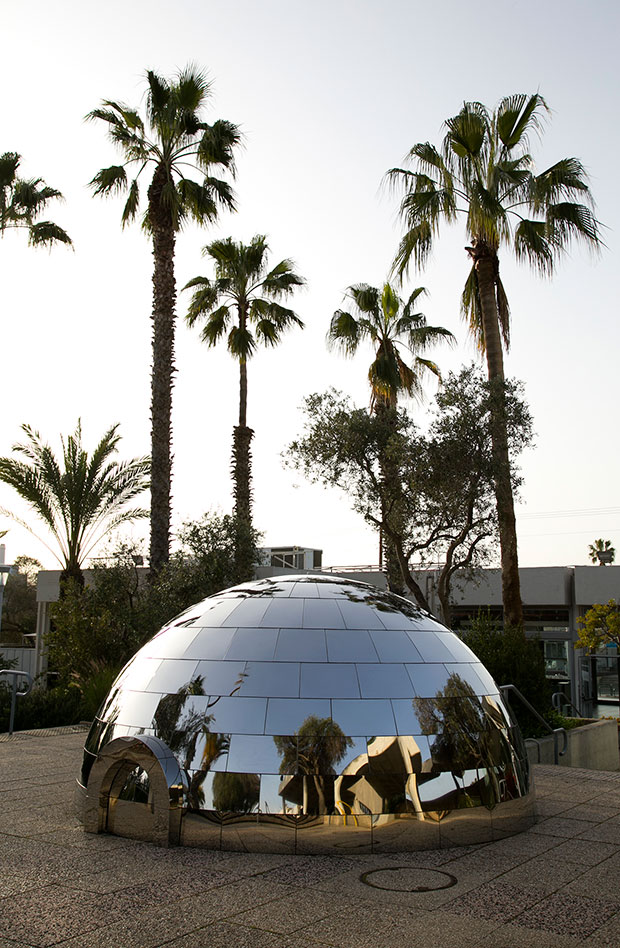
e-gloo, 2020, Magenta Studio, Ronen Bavly. Photo: Hadar Saifan
Reconstructed Olive-Oil Plant
Khnum, the ram-headed Egyptian god who molded human beings on a potter’s wheel out of the fertile mud of the Nile, served as the point of departure for a group of potters, instructors, and lecturers on ceramics. In their performance, filmed and presented in the Olive-Oil Plant, explores the connection between the human body and the ceramic bodies formed on the pottery wheel.
The Khnum Group: Noa Almagor Ben Dor, Hilla Dror, Ronen Yamin, Amnon Amos
Site-specific installation in the Reconstructed Olive Oil Plant: mixed-media video performance
Video photographer and director: Avner Shahaf
Photographer: Yan Finkelberg
Editing: Oscar Abosh
Sound editing: Tom Heled
Decor and props: Karren Frenkel
Guest artist: Doron Naama Gelfer
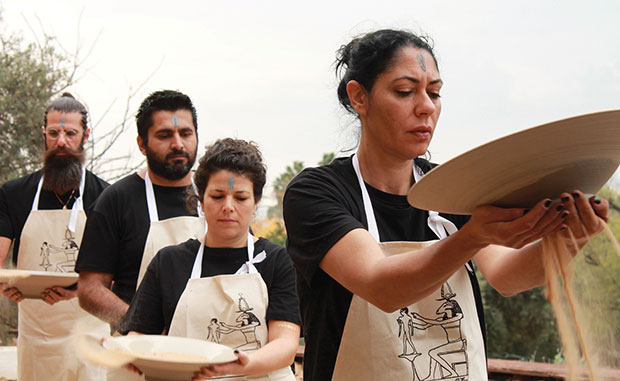
Khnum, 2019, photo: Noa Guez
The Flour Mill
The point of departure for the installation Cocoons is the raw ceramic material, which is used to explore life systems and evolution, gender and artistic creation. The installation is presented in the Flour Mill, built in the tradition of the flour mills that once operated in the north of the country. The accompanying music was specially composed for the installation.
Cocoon, 2019, Martha Rieger
Site-specific installation, Flour Mill: earthenware,rope; wheel thrown
Roping: Arik Eshel
Music: The work is accompanied by a soundtrack composed by singers/composers Mika Sade and Mika Hary
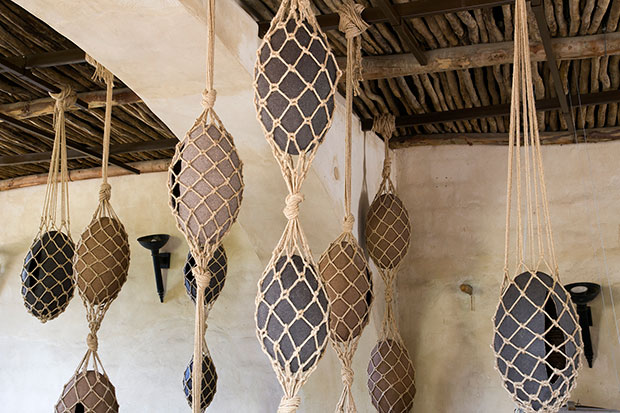
Photo: Hadar Saifan
The Lab in the Observation Tower
The Tel Aviv Biennale of Crafts & Design has invited four academic bodies to use the second floor of the Migdal Gallery as a research lab: the Graduate Program in Industrial Design, Bezalel; The David & Barbara Blumenthal Israel Center for Innovation and Research in Textiles (CIRtex), Shenkar; the Media Innovation Lab
(miLAB), Herzliya Interdisciplinary Center; and the Material Flow Collective.
For more information about the works presented in the Labs, please access the Biennale blog.
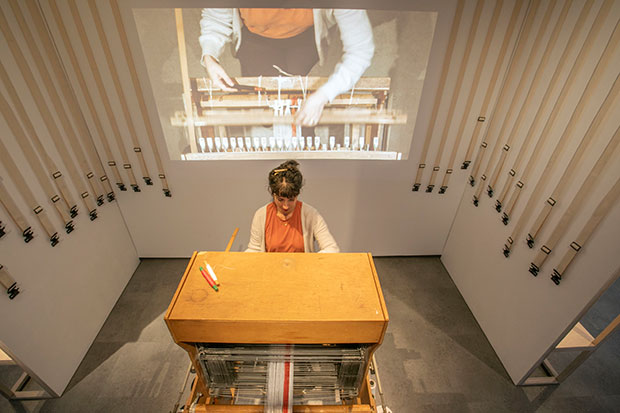
CIRTex, Shenkar. Photo: Tomer Appelbaum
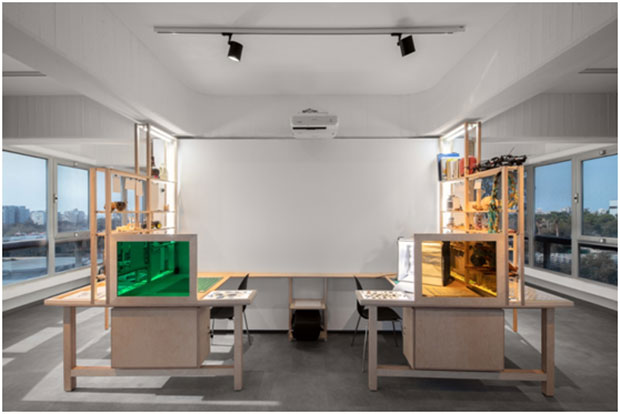
Photo: Tal NIsim
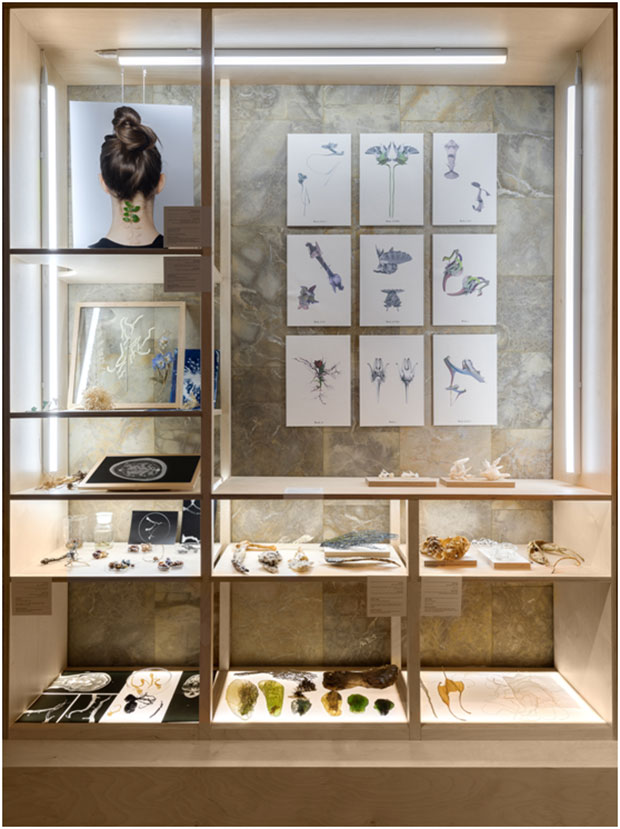
Photo: Tal NIsim
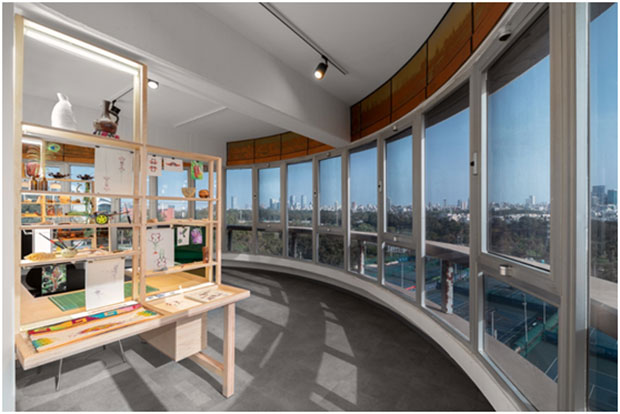
Photo: Tal NIsim

